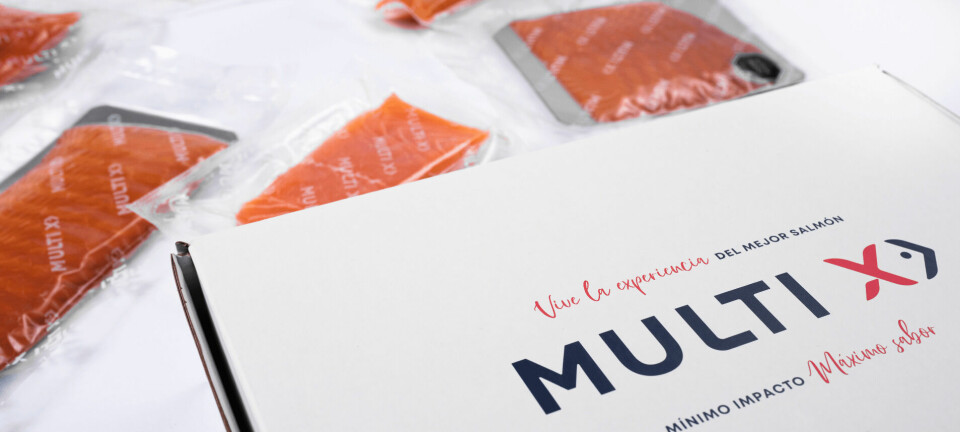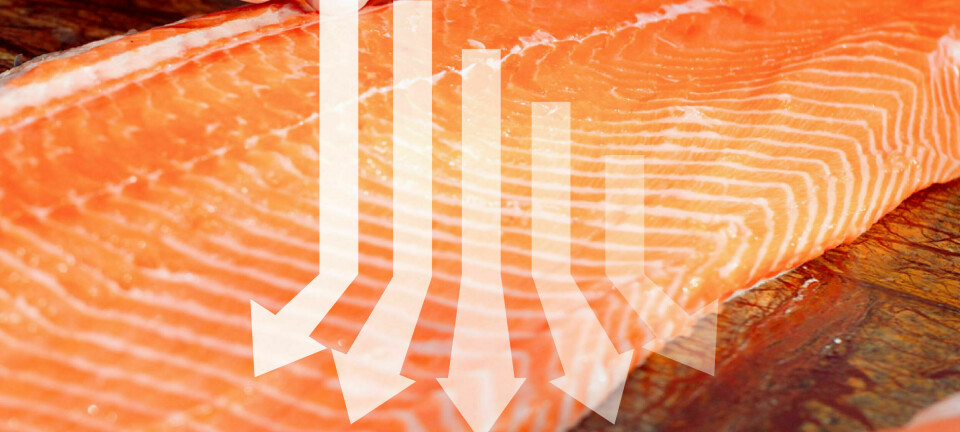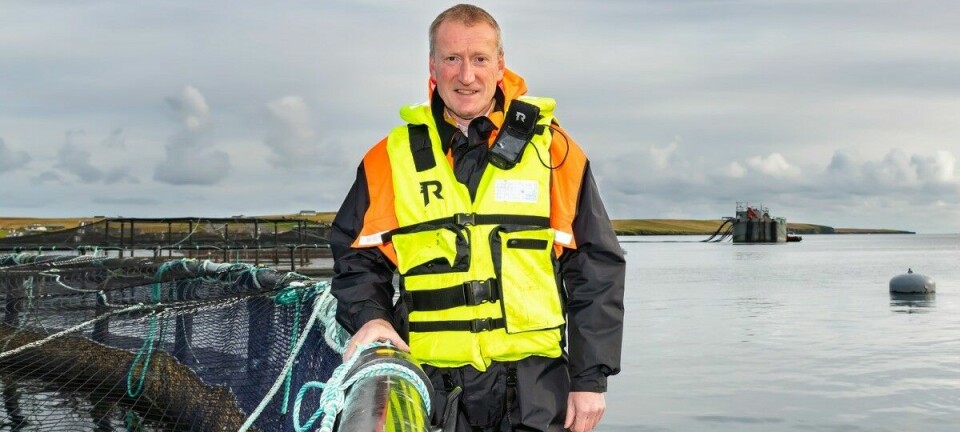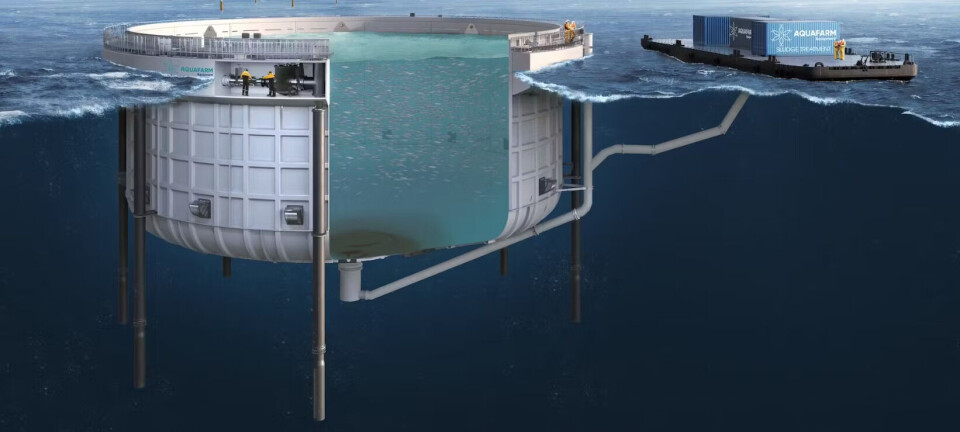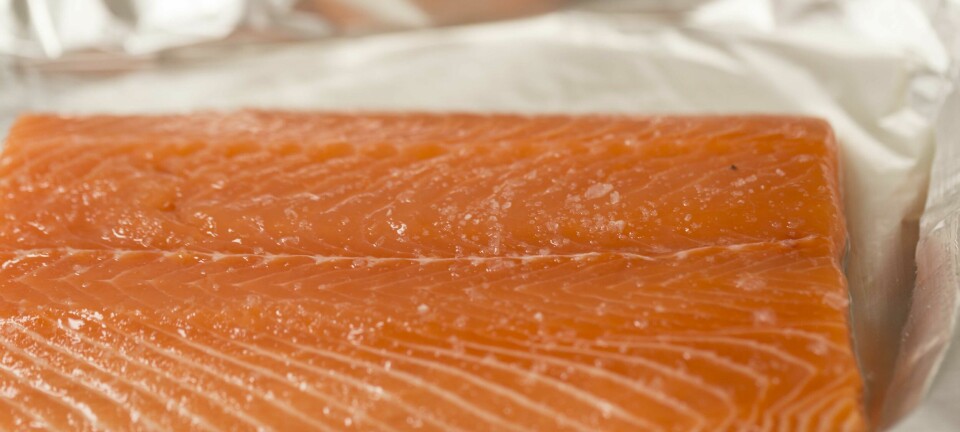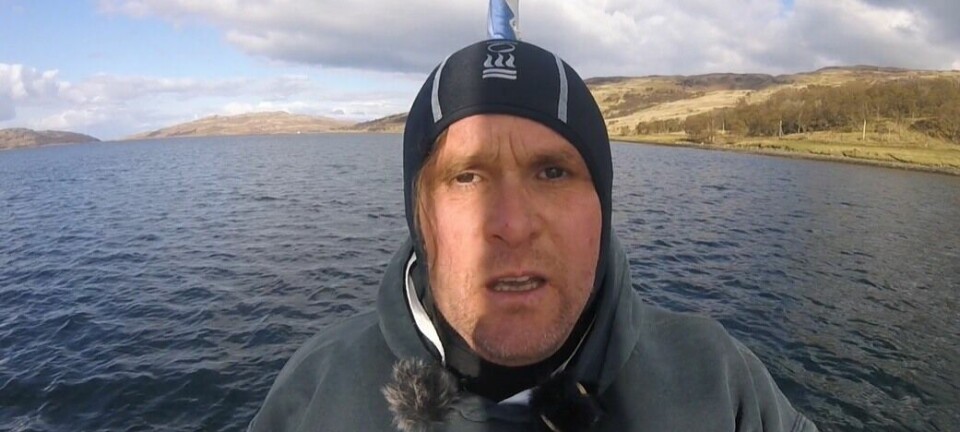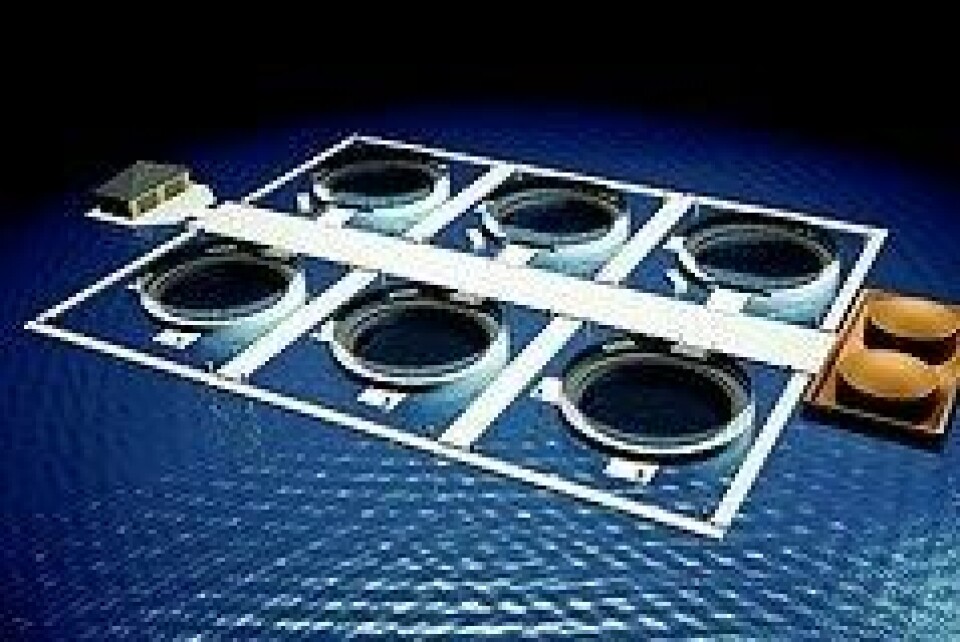
Still no closed containment farm in Canada
It was with great fanfare that the British Columbia-based Middle Bay Sustainable Aquaculture Institute (MBSAI) announced in July, 2007 that it had been successful in obtaining a contribution of some CAD$ 2.4 million (~€1.6 million) from the federal government's Sustainable Development Technology Canada program for its "closed containment" salmon farm to be installed just outside Campbell River on Vancouver Island. In addition, another $1.2 million had been committed to the project by the US-based Gordon and Betty Moore Foundation.
The project's initial business plan called for the production of Chinook salmon- a fish native to the area- at a density of 35 Kg/m³ of rearing space, while conventional net pen operators using this species were quoted as "asking for trouble at densities of Chinook salmon in excess of 8 Kg/m³". As the first batch of fish came in before the first 30 meter diameter, solid-wall tank was delivered, the Chinook salmon were kept in a floating, canvas-made bag of the Future Sea design. According to the company, this was not a good rearing environment for the fish, resulting in a premature harvest and conversion of the product to fish fertilizer.
A second batch of fish has apparently been introduced to the canvas bag in anticipation of the delivery and installation of the first solid wall tank. There will be no screening or filtration of water-borne fine particles like sea lice larvae incorporated in the design, although a MBSAI board member was quoted as stating that their research will help resolve issues around how to manage sea lice infestations.
Meanwhile, the federal government is looking at various technologies for closed-containment fish farming through a Fisheries and Oceans Canada led initiative, using the Canadian Science Advisory Secretariat process. It has examined a number of designs, and is now in the process of developing a financial model for the economic evaluation of the most promising technologies.









